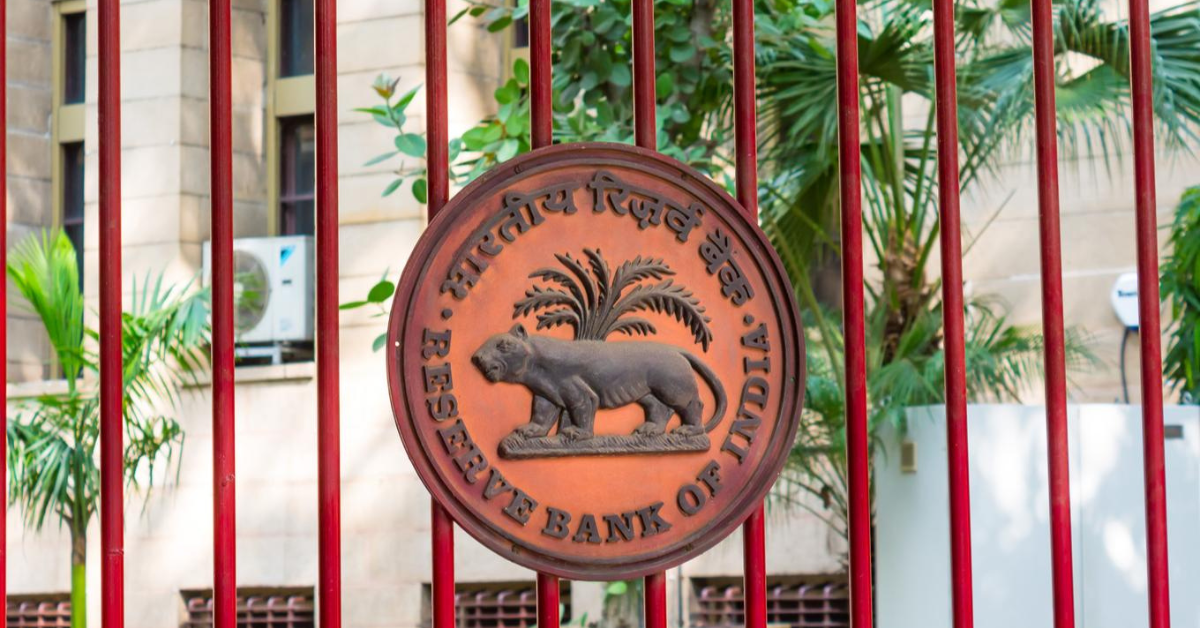If you look at UPI, about 80% of transactions are concentrated in just two entities. We are looking at the US and Europe to address issues: T Rabi Sankar
The RBI is focused on spurring innovation in the fintech space to boost local startups and companies in the segment, the deputy governor said
Cross-border payments are stuck in the past century, CBDC can effectively address such payment issues: Sankar
Reserve Bank of India (RBI) Deputy Governor T Rabi Sankar on Wednesday (September 7) said that the central bank was looking at addressing issues related to the duopoly of Walmart-owned PhonePe and Alphabet-owned Google Pay in the Unified Payments Interface (UPI) space.
“If you look at UPI, about 80% of transactions are concentrated in just two entities…The US is addressing the issue (big tech dominance) now. We are also looking at Europe to understand how we can assimilate them (norms to address issues) more effectively in the payments system in complete synergy with regulatory objectives,” said Sankar.
He made the comments at the sidelines of the India Ideas Summit organised by the US-India Business Council (USIBC).
Sankar also said that the central bank was focused on spurring innovation in the fintech space to boost local startups and companies.
“We try to promote creative spark in the technology industry and startup ecosystem. We do our bit in terms of…the regulatory sandboxes and identifying themes of primary significance at any one point, through which we can give a boost to technological activity in the field,” he added.
The American Duopoly
The digital payments ecosystem in India is dominated by PhonePe and Google Pay who process a majority of the transactions on the UPI platform.
According to the latest data available with Inc42, PhonePe and Google Pay together had 81.6% of the market share in terms of transaction count in July this year, while the two companies accounted for 64.3% of the total volume during the same period.
To curb the purported duopoly, the National Payments Council of India (NPCI) introduced draft Third Party Application Providers (TPAP) guidelines that limit the number of users a payment app could onboard to 30%. The guidelines are still in the works and have not been implemented yet.
The implementation, which was slated for January 2023, is reportedly now expected to be delayed further on account of heavy dependence on these two players. The NPCI is also reportedly said to have been working with ecosystem players such as Paytm and WhatsApp to increase their market share in UPI.
The Internationalisation Pitch
Addressing the gathering, Sankar also reiterated the central bank’s impetus on internalisation of homegrown payment systems.
“We have been trying a group of countries where we can popularise UPIs which will not only give a bridge to a large number of Indians staying abroad but can also serve as a bridge to payment systems across the globe,” he said.
He further suggested that it would bode well if different countries could standardise their API protocols. “We would need to avoid fragmentation of API, data standards. We have seen what fragmentation of tax standards has done across the world.”
Commenting on the government-backed central bank digital currency (CBDC), he reaffirmed that the CBDC would be launched in multiple pilots this year. He added that the digital currencies were the ‘most efficient’ way to scale up cross-border payments.
“The internationalisation of CBDCs is crucial to addressing payments issues that international bodies are dealing with regards to cross border payments. Cross-border payments are stuck in the past century…and this leaves a lot of scope for improvement. CBDC, in my view, is the most efficient answer to this,” the deputy governor said.
This comes barely weeks after rumours emerged of the government mulling imposing charges on UPI payments. Amid furore over the matter, the Finance Ministry said there was no such consideration.
Earlier in the day, Finance Minister Nirmala Sitharaman, while addressing the same USIBC event, stated that the Indian digital revolution, including initiatives such as the Open Network for Digital Commerce (ONDC), presented investment opportunities for US investors.
According to a report, India’s consumer digital economy stood at $85-90 Bn in 2020. This number is projected to grow nearly 10X to $800 Bn by 2030 at a CAGR of 25%.










